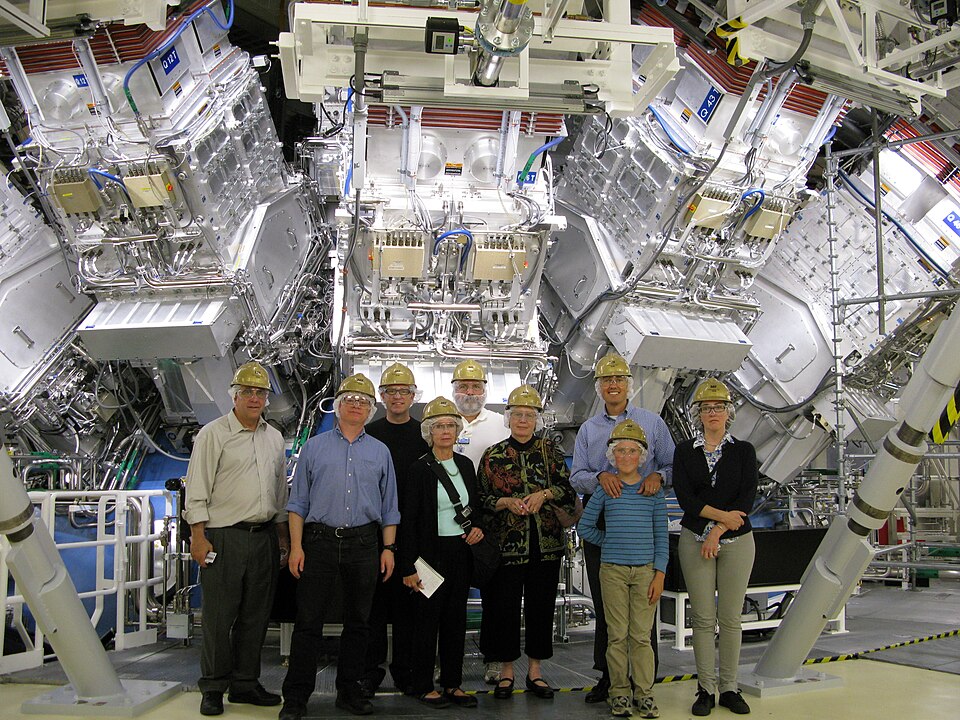New Insights on Lithium's Role in Tritium Retention in Tokamak Fusion Reactors

In a significant advancement for nuclear fusion technology, researchers have uncovered critical insights into the interaction between lithium walls and tritium retention in tokamak fusion reactors. The study, led by Maria Morbey, a doctoral candidate at the Dutch Institute for Fundamental Energy Research (DIFFER) and Eindhoven University of Technology, highlights that the primary mechanism for tritium retention is co-deposition rather than pre-applied lithium coatings. This research comes from a global collaboration involving nine institutions, including the U.S. Department of Energy's Princeton Plasma Physics Laboratory (PPPL) and General Atomics.
Lithium is acknowledged as a crucial element in the design of future commercial fusion power plants, particularly in tokamaks, which are devices that use magnetic fields to confine plasma in the shape of a torus. The newly published findings in the journal Nuclear Materials and Energy reveal that adding lithium during plasma operations is significantly more effective for tritium retention than applying a thick layer of lithium beforehand. Morbey stated, "Most of the fuel retention happens when lithium is added during the plasma shot—not beforehand."
The research indicates that while traditional methods involved pre-coating the reactor walls with lithium, the co-deposition process, where lithium is introduced in tandem with plasma reactions, leads to enhanced fuel retention. This revelation is paramount, especially given the regulatory constraints and scarcity associated with tritium, a radioactive isotope of hydrogen that is integral for sustaining fusion reactions.
Florian Effenberg, a staff research scientist at PPPL, emphasized the need for innovative wall conditioning as tokamaks transition from graphite walls, which experience high erosion rates, to more robust materials such as tungsten. He noted, "Lithium walls are intentionally used to create an environment where fuel atoms are absorbed rather than reflected, helping to stabilize the plasma edge and enhance plasma confinement."
The implications of these findings extend beyond operational efficiencies; they address safety concerns associated with tritium accumulation in colder areas of the reactor. Excessive trapping can complicate the tritium fuel cycle and pose operational hazards, particularly in regions where tritium may become inaccessible over time.
The study's methodology involved comparing two lithium application techniques within the DIII-D tokamak operated by General Atomics in California. One approach involved pre-coating wall tiles with lithium, while the other applied lithium during plasma exposure using a technique known as impurity powder droppers. The results showed that co-deposition yielded higher levels of trapped fuel, demonstrating the necessity of refining lithium usage strategies in the quest for viable fusion energy.
As the field of fusion energy evolves, understanding the nuances of fuel dynamics within tokamaks becomes increasingly critical. The ongoing research aims to develop methods to control wall temperatures and facilitate the use of flowing liquid lithium, ultimately ensuring that tritium can be effectively managed and reused.
In summary, this groundbreaking study sheds light on the complex interactions within fusion reactors, providing a clearer path toward achieving safe and sustainable fusion energy. The continued exploration of lithium’s role in this process will be vital as researchers strive to harness the immense potential of fusion power as a clean energy source for the future.
Advertisement
Tags
Advertisement





